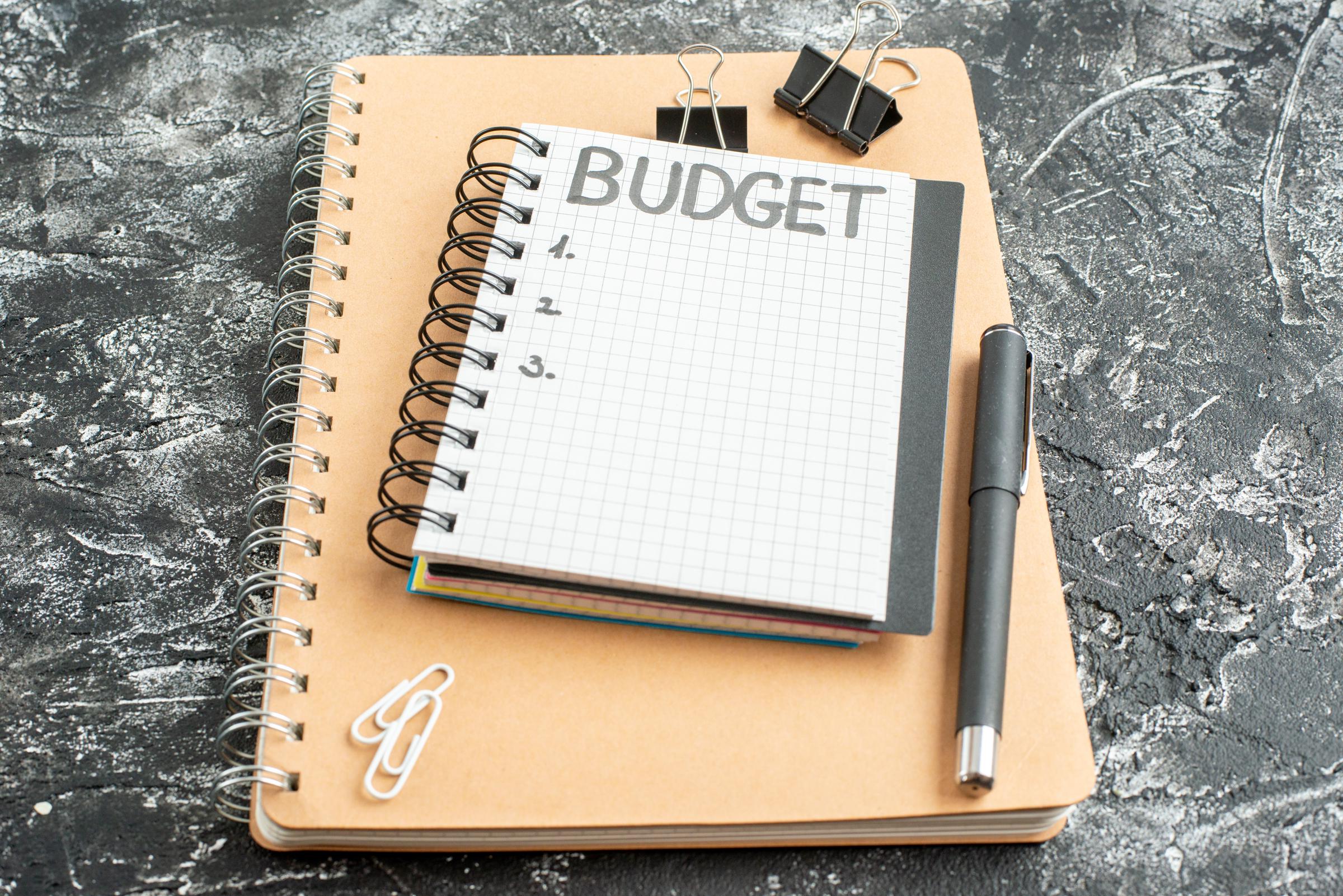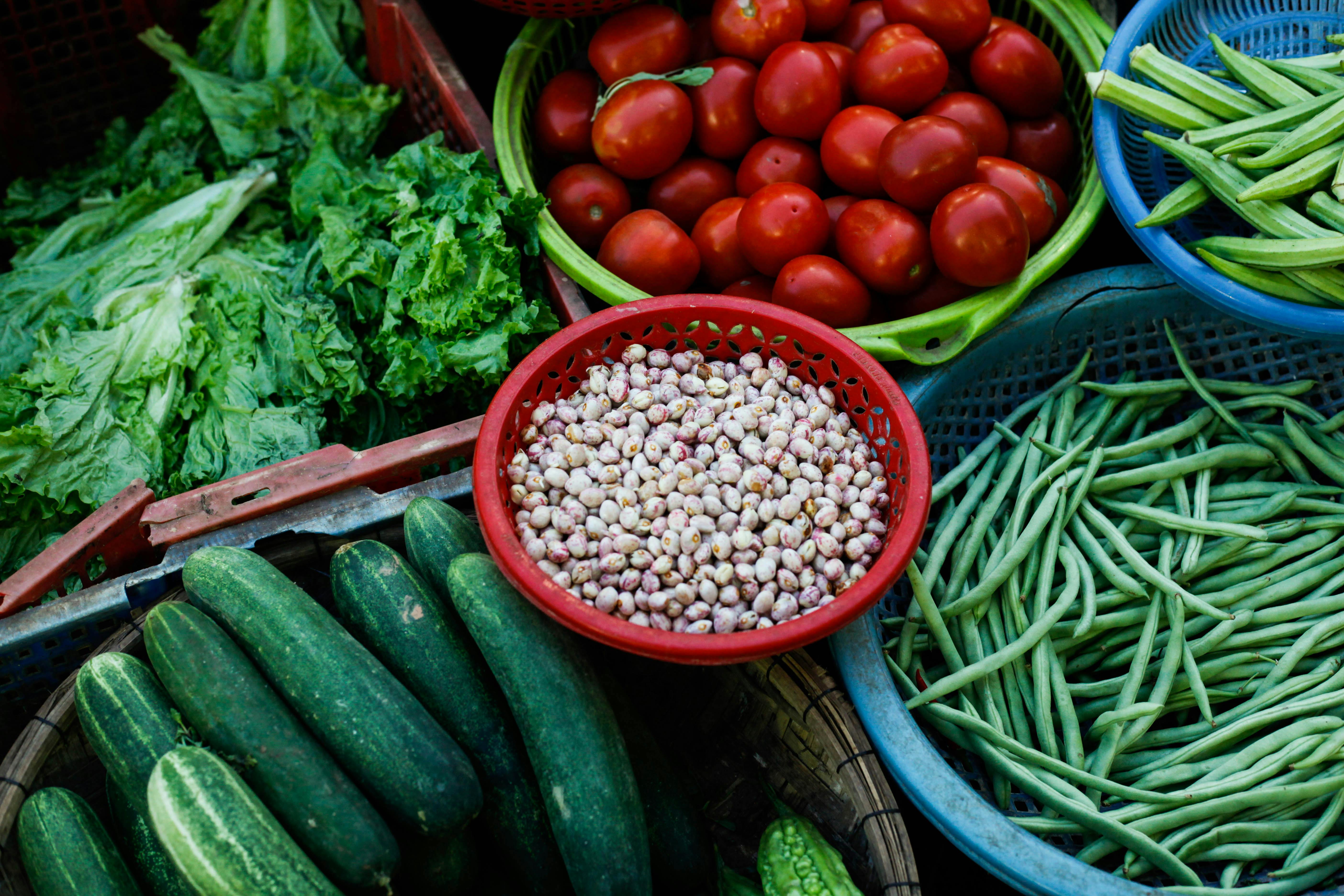
Top Tips for Shopping on a Budget Without Sacrificing Nutrition
With food prices on the rise, shopping on a budget is now a necessity for many households. A few practical changes can make your money go further.
Many households are feeling the strain of rising food costs. Every trip to the supermarket demands more careful planning and smarter decisions. Shopping on a budget is now less of a choice and more of a skill — one that helps stretch resources without compromising quality.

Woman at a grocery store | Source: Freepik
From buying whole foods to avoiding unnecessary packaging, there are several proven ways to reduce grocery bills. These strategies not only help save money but also minimize waste and promote healthier eating habits.
1. Plan Ahead: Inventory and Preparation Matter
Effective shopping on a budget starts before you even set foot in the store. Taking inventory of your pantry and refrigerator helps prevent unnecessary purchases. Many people purchase duplicates of items they already own, resulting in waste and overspending.

Budget written on a notebook | Source: Freepik
Create a simple list of what's available and what needs to be restocked. This ensures that you purchase only what's necessary and reduces the likelihood of impulse buying. Making a weekly meal plan based on what's already in your kitchen also helps you stay organized and keeps your spending intentional.
2. Buy Whole, Not Processed
When it comes to shopping on a budget, Whole Foods offers the best value. Packaged and pre-prepared foods often cost more due to added processing, labor, and packaging. Choosing whole fruits, vegetables, and meats that you prepare yourself significantly lowers costs.

Fresh vegetables in a market | Source: Pexels
For example, buy a block of cheese instead of grated and fresh vegetables instead of pre-cut ones. These items not only cost less but also last longer, reducing waste. Preparing meals from scratch can be simpler than it seems — and the savings quickly add up.
3. Use Cash, Buy in Bulk, and Freeze Smartly
One practical approach to shopping on a budget is using cash instead of cards. Bringing only a set amount forces you to prioritize and choose essentials wisely. It helps you stay disciplined and focused on value rather than convenience.
Buying in bulk is another cost-saving strategy, especially for non-perishable or frequently used items. When possible, cook and freeze meals or ingredients in advance. For instance, blanching and freezing vegetables or portioning meats helps maintain freshness and prevents spoilage.

A person handing money to a cashier | Source: Pexels
Avoiding pre-washed or pre-sliced ingredients can also reduce your bill. Though convenient, these items often come with higher prices and shorter shelf lives. By handling food preparation at home, you maintain both quality and savings.
Conclusion
Shopping on a budget requires planning, discipline, and awareness, but the results are rewarding. Taking inventory, buying whole foods, and managing spending through cash or bulk purchases can significantly lower grocery expenses.

A woman shopping | Source: Pexels
These small adjustments make grocery shopping more efficient and sustainable. With consistent habits, shopping on a budget becomes less about restriction and more about making every purchase count.
If you enjoyed these tips on shopping on a budget, you might also like our guide: Must-Have home items every person over 30 should own. Discover essentials that bring comfort, function, and value to your everyday life.
